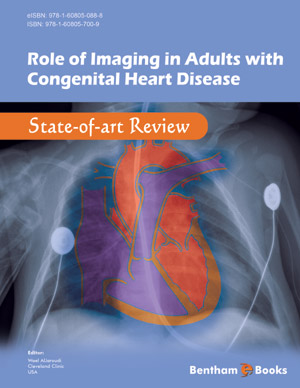Abstract
Tetralogy of Fallot, Transposition of the Great Arteries, and the Fontan circulation comprise some of the most common congenital cyanotic lesions encountered in practice. Tetralogy can be repaired initially, if the lesion is severe enough, with a systemic-to-pulmonary shunt to augment pulmonary blood flow. Then the definitive repair closes the VSD and enlarges the RV outflow tract. TTE is the initial imaging study of choice for Tetralogy, however, MRI and sometimes CT complement to assess conduits and post-op pulmonary valve insufficiency. d-TGA is characterized by ventriculoarterial discordance and initially was repaired by an atrial switch and is now repaired by an arterial switch. CCTGA has atrioventricular in addition to ventriculoarterial discordance and therefore does not usually necessitate surgical repair. Initial imaging is done with TTE, but TEE, MRI, and CT are frequently required to image the baffle from an atrial switch repair. Contrast angiography is used during percutaneous intervention to repair baffle stenosis. The Fontan circulation is the result of a series of surgeries to repair single ventricle anatomies. TTE is the initial imaging moda lity, but MRI is usually needed to visualize the entire Fontan circuit. CT and TEE are sometimes used as alternatives.






















